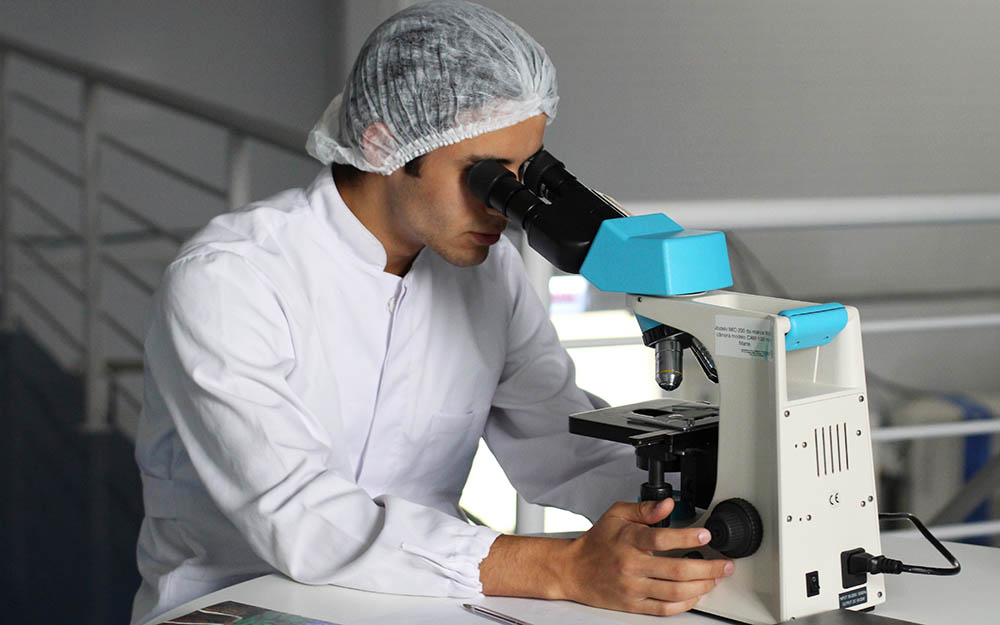Japan’s Pharma Industry: The Basics
Written by Josephyne King

For a rough translation of the PMD Act, click here, but beware that the original Japanese document will be the one referenced if any violation of the act occurs. The translation offered is for reference, and being aware of translation errors is the responsibility of the foreign company entering Japan.
Japan’s aging demographic has been turning heads in the pharmaceutical industry. As the populations grows in age, so does its need for medicine and medical technology. However, for those unfamiliar with the market, laws and regulations posed a challenge. They differed from those posed in the US and Europe, meaning companies needed to learn a whole new set of procedures in order to receive drug approval.
This changed in November 2014 with the revision of the Pharmaceutical Affairs Law (PAL). It was renamed the Act on Securing the Quality, Efficacy and Safety of Pharmaceuticals, Medical Devices, Regenerative and Cellular Therapy Products, Gene Therapy Products, and Cosmetics, or the PMD Act for short. This revision aimed to create global harmony with other international pharma-regulations, such as in the US and Europe, and is overseen by the Ministry of Health, Labor and Welfare.
While many companies may have discounted Japan while the original PAL was enacted, PMD has proven to lead to an easier entry to the market. The law has led to increased foreign investment in Japan, and is predicted to lead to a booming medical device and regenerative medicine market.
Design and Development Processes
PMD implements a design control system, instead of end-product regulations. A manufacturer must enact the processes for design and development of medical devices as outlined in iso 13485. Written proof of the processes is also needed. Approval or certification is then given on a per-product basis.
Another change from PAL is the definition of medical device: software and programs now count as medical devices. This rule was enacted to mirror similar rules abroad. Now a program, despite whether it is on a medical device or not, can be classified under medical device.
QMS Conformity
This relates closely to the Design and Development Processes requirements above. Under PMD, approval or certification is given per-product classification status. For example, if a manufacturer receives approval for a device in Classification II, and then manufactures another device within the same classification, a new approval is not needed. This is, of course, assuming that the new device is manufactured before the expiration of the approval. Inspections are done through the PMD legal body, and can be done, in some circumstances, through a third-party organization that is approved by the government.
Legal Responsibility
If any manufacturer creates a new device or drug under its own brand name, it is fully and legally responsible for the manufacturing and marketing of the product. This includes end-product problems that arise after entry-to-market, any quality control issues, and marketing guidelines within the medical industry. Regardless of the brand name, however, all manufacturers are directly responsible for QMS Conformity Inspections for the relevant deices. This includes registering with PMDA, as opposed to obtaining licenses in the past.
Conditional Approval
This is the largest advantage of introducing newer medications within Japan. Some drugs, if classified as regenerative medicine, can obtain conditional approval after Phase I and Phase II trial testing. Conditional Approval allows for manufacturers to introduce a drug to market faster, though conditional approval can still be rescinded if the medicine is proven to be unsafe anywhere along the trial process.
The PMD was the first law to fully outline special approval for regenerative medicine, ahead of the US and EU.
PMD Act’s Effects
So why does it matter that Japan’s pharmaceutical laws have changed? The main reason is ease of entry. Both non-medical Japanese companies and foreign companies now have clearer guidelines on entering the market. While it’s still suggested that foreign companies partner with Japanese companies in order to enter market, the increased transparency of PMD makes it easier for these companies to know what to do along the process of drug and device approval. Once the PMD was enacted, companies such as Regenes (Australia), RepliCel (Canada), Pluristem (Israel), and Cytori (USA), among others, started announcing joint ventures, partnerships and deals to enter Japan.
And Japan is open. JETRO, Japan External Trade Organization, has been encouraging pharmaceutical companies, especially those with regenerative medicine interests, to come to Japan. While the revisions do include a slew of regulations and processes that must be adhered to, they were created in order to entice foreign investment, and an opening of the market.
For foreign companies, Japan is a prime testing ground for newer medicines, as it has one of the largest populations of people over 65 years of age. It’s predicted that within the next few decades, other countries will mirror Japan’s current demographic, so starting early here will enable companies to quickly adapt in a changing market. On top of that, if looking to develop the newest medicine – regenerative medicine – Japan now offers some of the fastest approval rates. Coming to Japan means a perfect testing ground and springboard to the rest of the global market.
http://www.cj-partners.com/en/news/files/000025_en_01.pdf
https://hbr.org/sponsored/2018/03/why-the-pharmaceutical-industry-is-booming-in-japan
https://www.equities.com/news/why-companies-are-flocking-to-japan-for-biotech-deals

About The Author
shinya iguchi